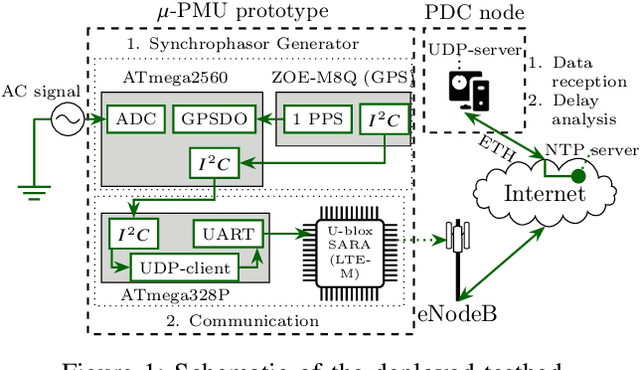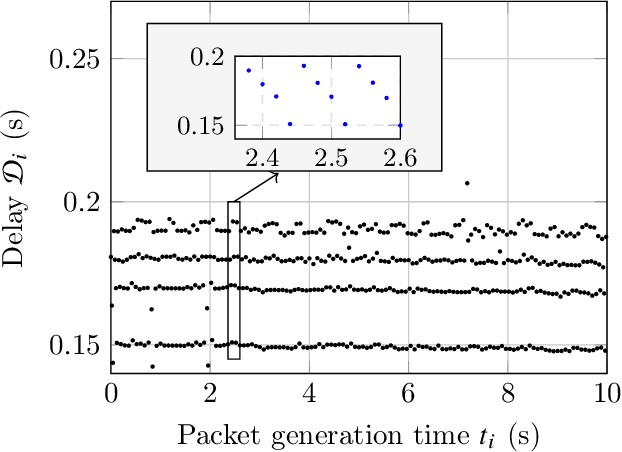Sureel Shah
XRLoc: Accurate UWB Localization for XR Systems
Jul 24, 2023Abstract:Understanding the location of ultra-wideband (UWB) tag-attached objects and people in the real world is vital to enabling a smooth cyber-physical transition. However, most UWB localization systems today require multiple anchors in the environment, which can be very cumbersome to set up. In this work, we develop XRLoc, providing an accuracy of a few centimeters in many real-world scenarios. This paper will delineate the key ideas which allow us to overcome the fundamental restrictions that plague a single anchor point from localization of a device to within an error of a few centimeters. We deploy a VR chess game using everyday objects as a demo and find that our system achieves $2.4$ cm median accuracy and $5.3$ cm $90^\mathrm{th}$ percentile accuracy in dynamic scenarios, performing at least $8\times$ better than state-of-art localization systems. Additionally, we implement a MAC protocol to furnish these locations for over $10$ tags at update rates of $100$ Hz, with a localization latency of $\sim 1$ ms.
Experimental End-To-End Delay Analysis of LTE cat-M With High-Rate Synchrophasor Communications
Jul 11, 2022



Abstract:Micro-Phasor Measurement Units (u-PMUs) are devices that permit monitoring voltage and current in the distribution grid with high accuracy, thus enabling a wide range of smart grid applications, such as state estimation, protection and control. These devices need to transmit the synchronous measurements of voltage and current, also known as synchrophasors, to the power utility control center at high rate. The use of wireless networks, such as LTE, to transmit synchrophasor data is becoming increasingly popular. However, synchrophasors are included in small frames and it would be more efficient to use low power cellular solutions, such as LTE cat-M. In this work, we present experimental research on the deployment of a u-PMU with the ability to connect over a commercial LTE cat-M network. The deployed u-PMU is built with off-the-shelf hardware, such as Arduino microcontrollers, and is used to transmit data-compliant with the IEEE C37.118.2 standard at a variable rate from 1 frame/s to 80 frames/s. A detailed network performance analysis is carried out to show the suitability of LTE cat-M to support u-PMU communications. Experimental results on performance indicators, such as delay and jitter, are reported. The effect of the LTE cat-M access mechanism on the time distribution of frame arrivals is also thoroughly analyzed.
 Add to Chrome
Add to Chrome Add to Firefox
Add to Firefox Add to Edge
Add to Edge